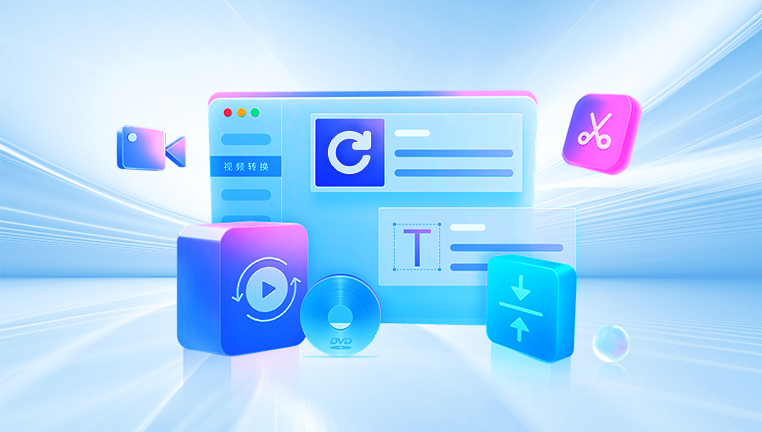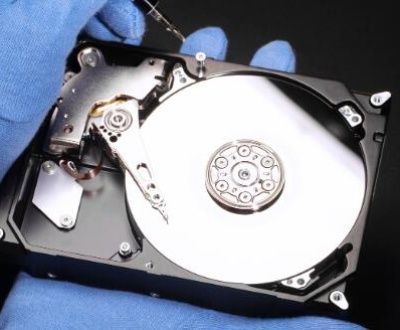Here’s a comprehensive overview of some of the best file recovery software available, focusing on their features, advantages, and potential use cases.
1. Panda Assistant
Panda Assistant is a cutting-edge data recovery software designed to help users recover lost or deleted files from various storage devices, including external hard drives, USB drives, and memory cards. With an intuitive user interface, Panda Assistant makes data recovery accessible to both tech-savvy individuals and those with little technical knowledge.
Our software employs advanced scanning algorithms to thoroughly search for recoverable files, ensuring that even the most stubborn data can be retrieved. Whether you’ve accidentally deleted important documents, lost files due to a system crash, or experienced data corruption, Panda Assistant is here to help.
Key features of Panda Assistant include a deep scan mode for comprehensive data recovery, a user-friendly interface that guides you through the recovery process step-by-step, and support for a wide range of file formats. Additionally, our software prioritizes data integrity, ensuring that recovered files are restored without damage.
Panda Assistant is not just about recovery; it’s about peace of mind. We understand how distressing data loss can be, which is why our dedicated customer support team is available to assist you at every stage of the recovery process.
Experience reliable data recovery with Panda Assistant your trusted partner in retrieving what matters most. Download our software today and take the first step toward recovering your lost data!

2. EaseUS Data Recovery Wizard
Overview: EaseUS Data Recovery Wizard is a powerful recovery tool known for its comprehensive features and user-friendly design.
Features:
Multi-Device Support: Can recover files from various devices, including hard drives, USB drives, and smartphones.
Preview Functionality: Allows users to preview recoverable files before restoration.
Partition Recovery: Can restore lost or deleted partitions.
Pros:
Free version available with limited recovery capacity.
Intuitive interface with step-by-step guidance.
High success rate in recovery.
Cons:
The full version can be expensive.
Use Case: Suitable for both personal and business use, especially when advanced features are needed.
3. Stellar Data Recovery
Overview: Stellar Data Recovery is a professional-grade recovery software that offers various recovery options and supports numerous file formats.
Features:
File Type Variety: Supports recovery of documents, photos, videos, and emails.
Advanced Scanning: Offers quick and deep scan options.
Disk Image Recovery: Can create disk images for recovery.
Pros:
Comprehensive file type support.
High success rate for recovery.
Provides a free trial to evaluate capabilities.
Cons:
The user interface may be overwhelming for beginners.
The full version can be costly.
Use Case: Best for users needing advanced recovery options and professionals dealing with data loss.
4. Disk Drill
Overview: Disk Drill combines powerful recovery tools with a simple interface, making it accessible for all users.
Features:
Data Protection: Offers a recovery vault for extra security against data loss.
Multiple File Formats: Supports over 400 file formats.
User-Friendly Interface: Easy to navigate, even for beginners.
Pros:
Free version allows recovery of up to 500MB.
Provides extra disk management tools.
Strong customer support.
Cons:
The free version has limitations in recovery capacity.
Use Case: Great for casual users and professionals who appreciate an intuitive interface.
5. R-Studio
Overview: R-Studio is designed for data recovery professionals and IT specialists, providing advanced features for complex recovery situations.
Features:
Cross-Platform: Available for Windows, macOS, and Linux.
Network Recovery: Can recover files from network drives.
Scripting Support: Advanced users can use scripts to automate tasks.
Pros:
Extensive file recovery capabilities.
Supports various file systems (NTFS, FAT, HFS+).
Regular updates and a supportive community.
Cons:
Steeper learning curve for beginners.
Higher price point compared to simpler tools.
Use Case: Best suited for IT professionals and advanced users needing robust recovery solutions.
6. MiniTool Power Data Recovery
Overview: MiniTool Power Data Recovery is a straightforward recovery tool that’s particularly effective for users looking for simplicity and effectiveness.
Features:
Multiple Recovery Modes: Offers specific recovery modes for various scenarios (e.g., damaged disks, lost partitions).
File Preview: Users can preview files before recovery.
Free Version: Provides up to 1GB of free recovery.
Pros:
Simple interface with easy navigation.
Comprehensive recovery capabilities.
Effective for quick recoveries.
Cons:
The free version is limited in functionality.
Some users report slower recovery speeds.
Use Case: Ideal for users who need a simple solution for common recovery scenarios.
7. PhotoRec
Overview: PhotoRec is an open-source recovery tool specializing in recovering lost files from digital camera memory and other storage devices.
Features:
Wide Format Support: Can recover various file types, especially media files.
Multi-Platform: Works on Windows, macOS, and Linux.
No Installation Required: Runs from a USB drive, making it portable.
Pros:
Completely free and open-source.
Strong recovery capabilities for media files.
Lightweight and quick to download.
Cons:
Command-line interface may be challenging for some users.
No preview function for recoverable files.
Use Case: Best for users comfortable with command-line tools, especially for media file recovery.
8. Recoverit by Wondershare
Overview: Recoverit offers a sleek interface with powerful recovery options, focusing on both beginners and experienced users.
Features:
File Recovery: Can recover deleted, formatted, or corrupted files.
Video Repair: Offers specific features for repairing corrupted videos.
Flexible Pricing Plans: Various plans cater to different user needs.
Pros:
User-friendly with a clear interface.
Effective recovery algorithms.
Free version available for testing.
Cons:
The free version is limited in recovery capacity.
Some features are only available in higher-priced plans.
Use Case: Great for users needing both file recovery and video repair capabilities.
Conclusion
Choosing the best file recovery software depends on your specific needs, technical expertise, and budget. For casual users, tools like Recuva and Disk Drill offer simplicity and effectiveness. More advanced users or IT professionals may prefer R-Studio or EaseUS Data Recovery Wizard for their comprehensive features and capabilities.
When selecting recovery software, consider factors such as:
Ease of Use: How intuitive is the software?
Recovery Options: Does it support the file types and devices you need?
Cost: Is there a free version, and does the pricing align with your budget?
Support: Is there adequate customer support available?
Evaluate each option based on these criteria to find the software that best meets your data recovery needs.
About us and this blog
Panda Assistant is built on the latest data recovery algorithms, ensuring that no file is too damaged, too lost, or too corrupted to be recovered.
Request a free quote
We believe that data recovery shouldn’t be a daunting task. That’s why we’ve designed Panda Assistant to be as easy to use as it is powerful. With a few clicks, you can initiate a scan, preview recoverable files, and restore your data all within a matter of minutes.
Subscribe to our newsletter!
More from our blog
See all postsRecent Posts
- Data recovery salt lake city utah 2025-04-18
- Data recovery sacramento 2025-04-18
- Data recovery miami 2025-04-18

 Try lt Free
Try lt Free Recovery success rate of up to
Recovery success rate of up to









